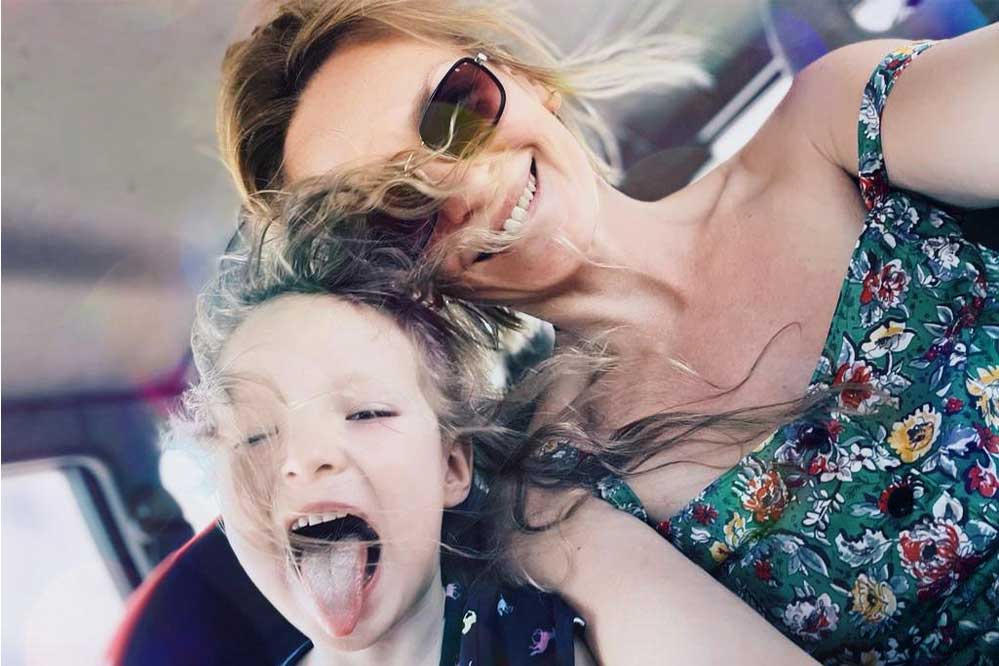We all know shallow and faster breathing, for example when we feel stressed or afraid. When the emotions take over.
For most people, breathing is a completely unconscious process. Like the heartbeat or digestion, breathing is also controlled by the autonomic nervous system. For us, this means that we don’t have to worry about every single breath we take.
By learning, I mean breathing can be consciously influenced.
And we should take advantage of that.
Many people tend to breathe shallowly and in the upper chest area in everyday life.
“We all know shallow and faster breathing, for example, when we feel stressed or afraid. When the emotions take over.”
Because breathing is automatic but can also be consciously influenced, it is regarded as a connection between the human consciousness and the subconscious.
If you consciously breathe deeply into your stomach, you can help your concentration, for example, because the increased oxygen content in the blood directly benefits the brain cells. And even when you are stressed, you can relieve some of the inner tension with deep, slow breathing.
However, only a few know that conscious and deep breathing has a positive influence beyond that. “Breathing deeply can help with a variety of health issues. In the event of panic attacks or states of anxiety, conscious and calm breathing is one of the first measures that the person affected should take in an acute situation. People with high blood pressure or pain can also benefit from it, and it is also said to help in the area of migraine treatment or various lung diseases.”
Train self-awareness
The good news: “Healthy” breathing can be learned. The priority is always to sharpen your own body awareness. In practical terms, this means concentrating on your breathing, feeling the air coming in and consciously letting it out slowly. This can help people with insomnia because it makes it easier for them to switch off and relax more physically. Conscious breathing can also help to start the day better in the morning. Just take a few deep breaths in bed and stretch with relish.

For deep breaths, the inhale and exhale should each last 3 to 5 seconds.
I started to breathe consciously, no matter where I was or what I did. Every time I felt my stomach contract, I took several deep breaths and felt better.
For deep breaths, the inhale and exhale should each last 3 to 5 seconds.

Breathing exercises can be done anywhere and anytime. No additional tools are necessary. Just 10 minutes of breathing exercise a day and repeated 2 to 3 times strongly impact physical and mental health.
Deep breathing is also known as diaphragmatic breathing or abdominal breathing. It’s simple and easy to learn:
Lie comfortably on your back in a quiet place and try to let all your muscles loose and relax.
Put your hands on your stomach to better feel the abdominal movement while breathing.
Breathe in deeply through your nose. The abdomen should bulge (but not actively stretch out) so that the lungs fill with air better. Count slowly to 5 while inhaling.
Hold your breath and count to 3.
Then breathe out slowly through your mouth so that your lungs empty completely. Count to 5 again, trying to release any tension in the muscles.
Repeat this exercise for 5 to 10 minutes and do it once in the morning and once at night before bed. Repeat the exercise daily to make deep breathing a habit faster.
Lying on your back is best for learning the exercise. The exercise can also be done sitting or standing.
With daily repetition, deep and correct breathing can become an unconscious part of one’s life. It is important to focus on your breath every day and to control yourself. The bo
.

















What do you think?